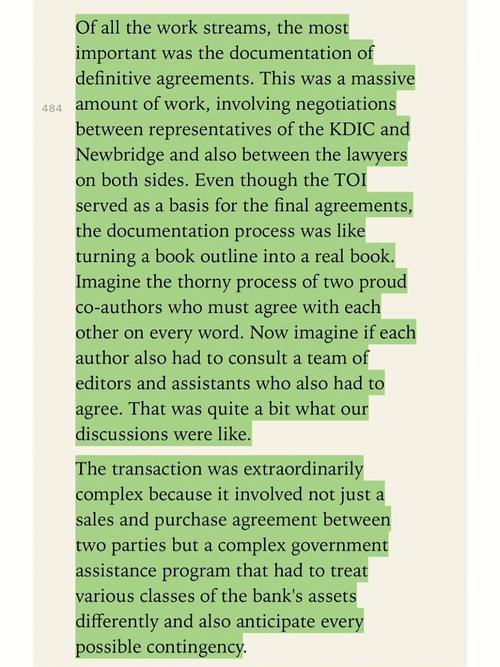Understanding Money Learning Games
Money learning games have become increasingly popular as a fun and interactive way to teach financial literacy. These games are designed to engage players in various activities that help them understand concepts like budgeting, saving, and investing. In this article, we will explore the different types of money learning games available, their benefits, and how they can be used to enhance financial education.
Types of Money Learning Games
There are several types of money learning games that cater to different age groups and learning styles. Here are some of the most common ones:

| Game Type | Description |
|---|---|
| Simulation Games | These games simulate real-life financial situations, allowing players to make decisions and see the consequences of their actions. |
| Board Games | Board games like Monopoly or The Game of Life can teach players about budgeting, investing, and managing debt. |
| Online Games | Online money learning games are accessible from anywhere and often offer interactive lessons and quizzes. |
| Mobile Apps | Mobile apps provide a convenient way to learn about money on the go, with games and educational content designed for smartphones and tablets. |
Benefits of Money Learning Games
Money learning games offer several benefits that make them an effective tool for financial education:
-
Engaging and fun: Money learning games make financial education enjoyable, which can help motivate players to learn more about money.
-
Interactive learning: These games allow players to actively participate in the learning process, which can lead to better understanding and retention of financial concepts.
-
Real-life application: Many money learning games simulate real-life financial situations, helping players apply what they’ve learned in the game to their everyday lives.

-
Customizable: Money learning games can be tailored to different age groups and learning styles, making them accessible to a wide range of players.
Using Money Learning Games for Financial Education
Here are some tips for using money learning games to enhance financial education:
-
Select the right game: Choose a game that aligns with your learning goals and the age and interests of the players.
-
Supplement with educational content: Use the game as a starting point for further discussion and learning about financial concepts.
-
Encourage collaboration: Many money learning games are designed for multiple players, which can promote teamwork and communication skills.
-
Monitor progress: Keep track of players’ progress and provide feedback to help them improve their financial literacy skills.
Popular Money Learning Games
Here are some popular money learning games that you can try:
-
Personal Capital: This app helps users track their spending, investments, and retirement savings, providing a real-time snapshot of their financial health.
-
Money Mammals: This online game teaches kids about saving, spending, and investing through fun and interactive activities.
-
Bankaroo: This app helps kids learn about budgeting and saving by allowing them to manage their own virtual bank accounts.
-
Monopoly: The classic board game teaches players about property ownership, rent, and managing debt.
Conclusion
Money learning games are a valuable tool for teaching financial literacy in a fun and engaging way. By incorporating these games into your financial education efforts, you can help players develop the skills and knowledge they need to make informed financial decisions in their lives.
